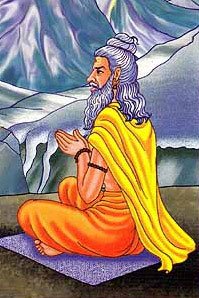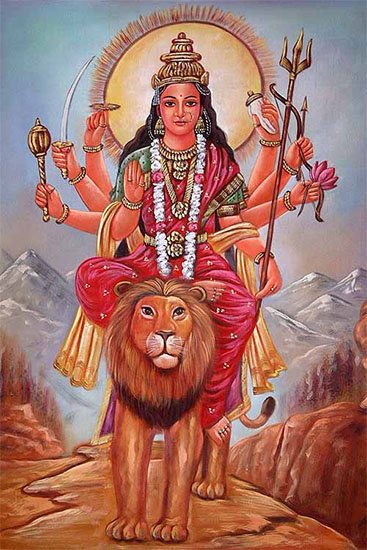Sarvasampattipurani, Sarvasampattipūraṇī, Sarvasampatti-purani: 2 definitions
Introduction:
Sarvasampattipurani means something in Hinduism, Sanskrit. If you want to know the exact meaning, history, etymology or English translation of this term then check out the descriptions on this page. Add your comment or reference to a book if you want to contribute to this summary article.
In Hinduism
Purana and Itihasa (epic history)
Source: Cologne Digital Sanskrit Dictionaries: The Purana IndexSarvasampattipūraṇī (सर्वसम्पत्तिपूरणी).—A Śakti in the Cakraratha.*
- * Brahmāṇḍa-purāṇa IV. 19. 34; 36. 83.

The Purana (पुराण, purāṇas) refers to Sanskrit literature preserving ancient India’s vast cultural history, including historical legends, religious ceremonies, various arts and sciences. The eighteen mahapuranas total over 400,000 shlokas (metrical couplets) and date to at least several centuries BCE.
Shaktism (Shakta philosophy)
Source: Brill: Śaivism and the Tantric Traditions (shaktism)Sarvasampattipūraṇī (सर्वसम्पत्तिपूरणी) refers to one of the fourteen goddesses/powers (śaktis), according to the Kāmasiddhi-stuti (also Vāmakeśvarī-stuti) and the Vāmakeśvaratantra (also known as Nityāṣoḍaśikārṇava).—[...] The next four verses, 17–20 [of the Kāmasiddhistuti], respectively praise the set of fourteen goddesses/powers (śaktis). We know only the name of the first from this text but the rest can be known from the Vāmakeśvaratantra (1.165–168): [e.g., Sarvasampattipūraṇī].

Shakta (शाक्त, śākta) or Shaktism (śāktism) represents a tradition of Hinduism where the Goddess (Devi) is revered and worshipped. Shakta literature includes a range of scriptures, including various Agamas and Tantras, although its roots may be traced back to the Vedas.
See also (Relevant definitions)
Partial matches: Purani, Sarvasampatti.
Full-text: Shakti.
Relevant text
Search found 1 books and stories containing Sarvasampattipurani, Sarvasampattipūraṇī, Sarvasampatti-pūraṇī, Sarvasampatti-purani; (plurals include: Sarvasampattipuranis, Sarvasampattipūraṇīs, pūraṇīs, puranis). You can also click to the full overview containing English textual excerpts. Below are direct links for the most relevant articles: